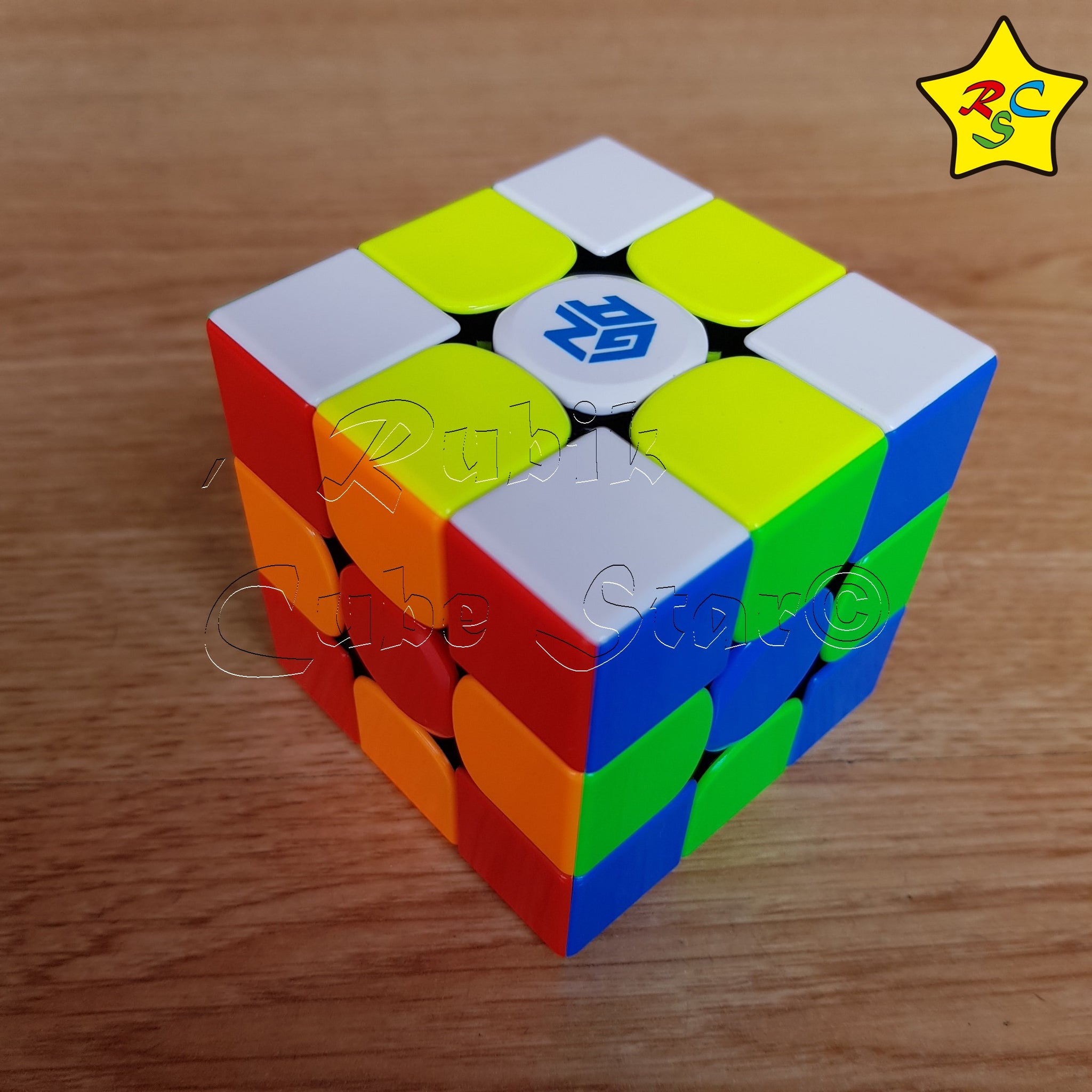
Many speedcubers continue to practise it and similar puzzles, and compete for the fastest times in various categories. Similar puzzles have now been produced with various numbers of sides, dimensions, and stickers, not all of them by Rubik.Īlthough the Rubik's Cube reached its height of mainstream popularity in the 1980s, it is still widely known and used. For the puzzle to be solved, each face must be returned to have only one colour. An internal pivot mechanism enables each face to turn independently, thus mixing up the colours.

On early cubes, the position of the colours varied from cube to cube. Since 1988, the arrangement of colours has been standardised with white opposite yellow, blue opposite green, and orange opposite red, and the red, white, and blue arranged clockwise in that order. Some later versions of the cube have been updated to use coloured plastic panels instead, which prevents peeling and fading. On the original classic Rubik's Cube, each of the six faces was covered by nine stickers, each of one of six solid colours: white, red, blue, orange, green, and yellow. As of January 2009, 350 million cubes had been sold worldwide, making it the world's bestselling puzzle game and bestselling toy. It won the 1980 German Game of the Year special award for Best Puzzle. The cube was released internationally in 1980 and became one of the most recognized icons in popular culture. Originally called the Magic Cube, the puzzle was licensed by Rubik to be sold by Ideal Toy Corp in 1980 via businessman Tibor Laczi and Seven Towns founder Tom Kremer. The Rubik's Cube is a 3-D combination puzzle originally invented in 1974 by Hungarian sculptor and professor of architecture Ernő Rubik.


 0 kommentar(er)
0 kommentar(er)
